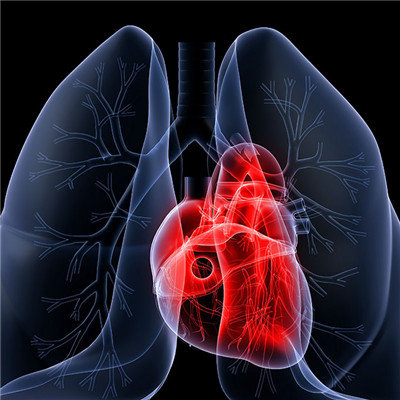Symptoms of pericarditis
summary
Pericarditis refers to acute inflammatory reaction and exudation of pericardium due to bacteria, virus, autoimmune, physical, chemical and other factors, as well as chronic diseases such as pericardial adhesion, thickening, narrowing, calcification. Clinically, there are mainly acute pericarditis and chronic constrictive pericarditis. The patient had fever, night sweats, cough, sore throat or vomiting, diarrhea and other symptoms. Pericardial effusion and massive effusion can cause acute pericardial tamponade. The patient had chest pain, dyspnea, cyanosis, pale complexion, and even shock. There may also be ascites, hepatomegaly and other symptoms. The symptom of pericarditis? Let's talk about it
Symptoms of pericarditis
The patient had fever, night sweats, cough, sore throat or vomiting, diarrhea and other symptoms. Pericardial effusion and massive effusion can cause acute pericardial tamponade. The patient had chest pain, dyspnea, cyanosis, pale complexion, and even shock. There may also be ascites, hepatomegaly and other symptoms.

It is caused by primary diseases, such as tuberculosis, afternoon hot flashes and night sweats. Purulent pericarditis can have chills, high fever, sweating, etc. Pericardial inflammation itself can be seen in retrosternal pain, dyspnea, cough, hoarseness, dysphagia, etc. In the early stage of acute pericarditis and the later stage of absorption of pericardial effusion, pericardial friction sound can be heard in the precordial area, lasting for several hours to several days. The amount of pericardial effusion was more than 300 ml, and the apical beat disappeared. Shock may occur when cardiac output is significantly reduced. Cardiac diastole is limited, so that venous pressure increases, can produce jugular vein distention, hepatomegaly, ascites, lower limb edema, azygous pulse and so on.

Most of them are tuberculous, followed by suppurative. After 2-8 months of acute pericarditis, there were obvious signs of pericardial constriction. Acute constrictive pericarditis occurred within one year after acute pericarditis, and chronic constrictive pericarditis occurred more than one year after acute pericarditis. The main manifestations were dyspnea, weakening or disappearance of apical beat, jugular vein distention, hepatomegaly, massive ascites, edema of lower limbs and azygous pulse.

matters needing attention
Rheumatic and nonspecific pericarditis rarely cause pericardial tamponade and constrictive pericarditis. Tuberculous, purulent and radiation-induced pericarditis are more likely to develop into constrictive pericarditis. Therefore, early diagnosis and timely treatment should be made to prevent the development of constrictive pericarditis.















